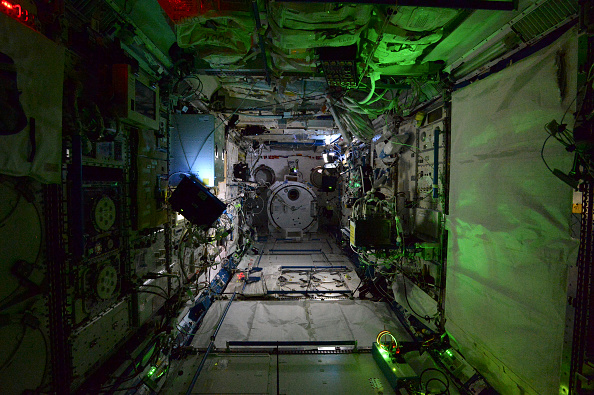
At the height of the Space Race in the middle of the 1950s, only two countries in the whole world had the capability to send rockets beyond Earth's atmosphere. Fuelled by the cold war, the United States and the now defunct Soviet Union competed for space technological superiority. The competition has left a lasting legacy and interest on humanity's presence in space.
The US and the USSR managed to successfully send spacecrafts outside of the planet in 1961. It would take more than a decade until another country, Czechoslovakia, make an attempt to launch a rocket into space.
At present, 40 countries have made the voyage beyond humanity's home base. Despite the impressive strides made in space technology, a few more aspects about space travel are left to be discovered. Fortunately, it seems like one country is spearheading setting up what could be a base for future space research.
According to a recent report by China's state news agency, Xinhua, the country is planning to develop its second space laboratory before the end of 2016. Tiangong 2 would be equipped with a cargo ship and only a two man crew. The space lab is expected to be launched using the Shenzhou spacecraft early in 2017.
China launched its first space lab, Tiangong 1, in 2011. The country's current president, Presiden Xi JinPing, has since put a priority in China's space program in order to establish itself as a formidable world superpower.
The installation of Tiangong 2 was initiated in order to prepare for the country's plans to develop a permanent manned space station. The Chinese Large Modular Space Station is expected to be in place around 2020. According to Chinese officials, the space station would be pivotal in conduction scientific experiments in micro-gravity environments. The station reportedly would have service life of only ten years.
